Did you enjoy our beginner’s guide of things to do in Milan? I know, if you like alternative and underground places like we do, it’s probably a bit boring. So, here’s part two: what to do in Milan – advanced version, including lots of unusual sights and activities!
I’ve been on a crusade these last 6 months to convince people that Milan is not always a grey and boring city. It’s lively and vibrant, full of cultures from all over the world, food to die for and lots of alternative people. Please, give this city a chance, spend a few days instead of heading out to the lakes or Venice straight away, and you’ll find that it has a lot to offer.
Better still, get out of the center. By all means, if you want to see the Duomo and all that, do so (and check our beginner’s guide to Milan if you want some tips) but leave a few days to discover the underbelly of Milan, its alternative heart and unusual sights. Here I’ve collected my favourites – but there’s a lot more! Just check the last 6 months of articles under the #MondaysinMilan section to learn more!
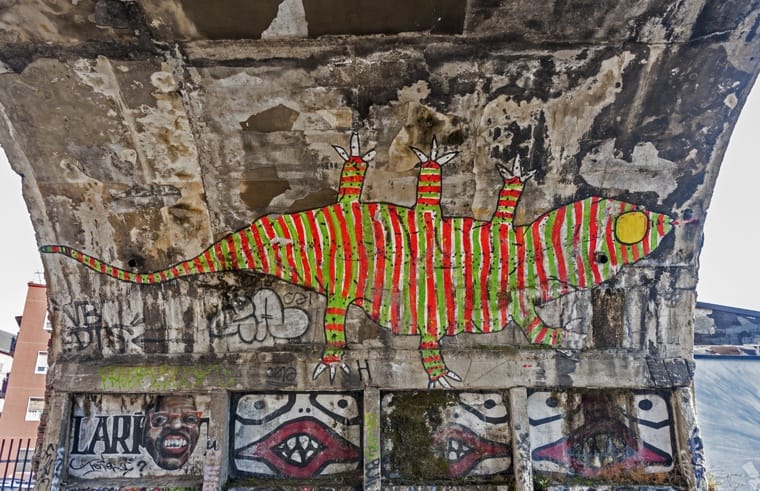
What to do in Milan – Alternative weekend
1) Unusual churches
Ok, so you’ve checked out the Duomo because you simply HAVE TO. You’ve visited Santa Maria delle Grazie on the way to the Last Supper. What else? There are four other churches I love for different reasons – and all of them but one are very little known beyond Milan.
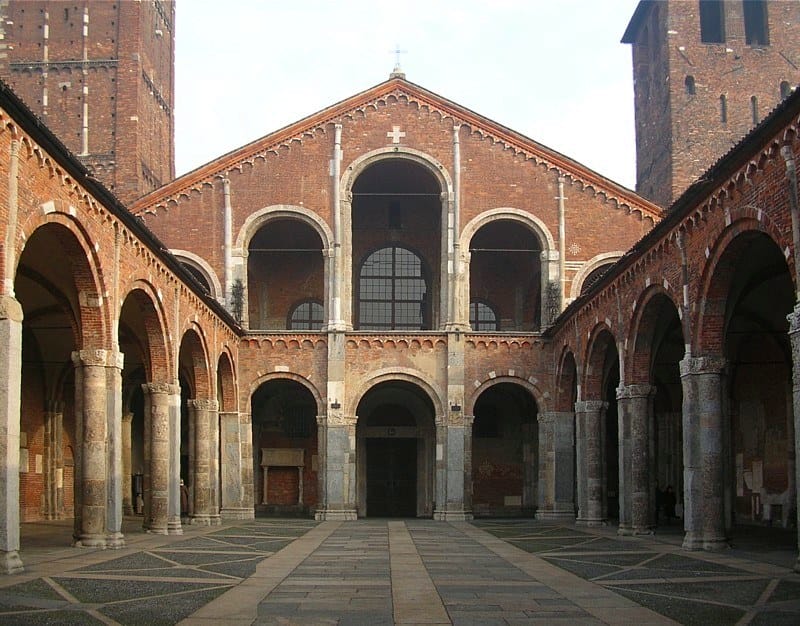
- Sant’Ambrogio: this is the church of Milan’s patron saint, one of the best examples of Lombard Romanesque. Bare and essential, it’s the perfect antithesis to the opulence of the Duomo. Wander around the outside entrance portico to the entrance, sombre and austere, look at the capitals sculpted 800 years ago and the apse mosaic. Most importantly, take in the atmosphere. It’s a really spiritual place – I’m sure you’ll appreciate even if you are a non-believer.
- San Bernardino alle Ossa: at first glance, this is a church like many others. But if you enter the ossuary side chapel, you’ll find yourself surrounded by bones. Skulls, femurs, vertebrae, decorating the walls in patterns. Bones were collected and used to decorate the church when the adjacent cemetery ran out of space in 1210 and the ossuary was built. A must-see for lovers of creepy sights!
- San Maurizio al Monastero Maggiore: this is known as Milan’s Sistine Chapel, and as you’ll walk in you’ll see why. The church is completely covered in frescos – ok, the painter wasn’t Michelangelo, but it’s still pretty impressive.
- Santa Maria presso San Satiro: from the outside, it looks tiny. Enter the church, and it looks huge. How come? This is thanks to Bramante’s architectural genius, who created a false perspective with the sapient use of trompe l’oeil decoration. Some believe this is the best church in Milan, but I’m a Sant’Ambrogio girl.
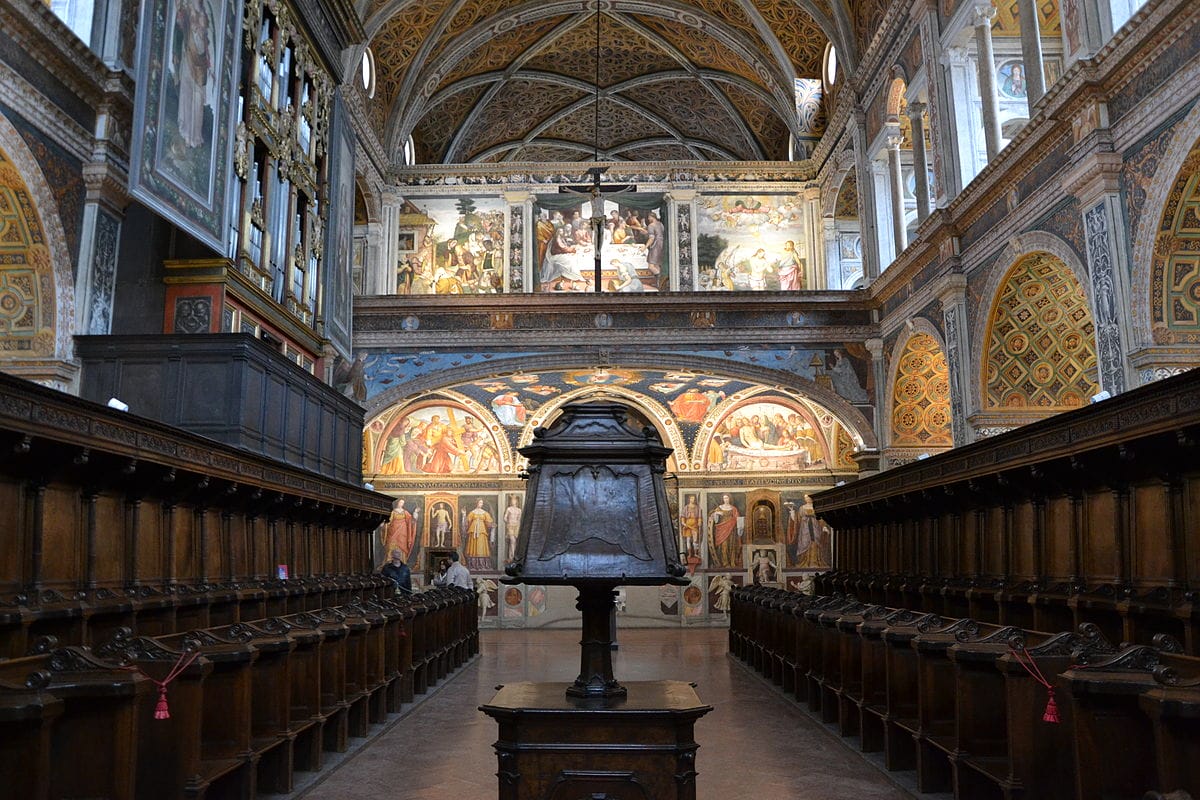
2) Street Art Hotspots
Milan has had a lively street art scene since the Eighties and Nineties, when the whole street art movement started to emerge from its underground roots. Nowadays, there are several places where you can appreciate excellent examples pieces – here’s a brief list, or check my article on the best Milan street art for a more comprehensive guide.
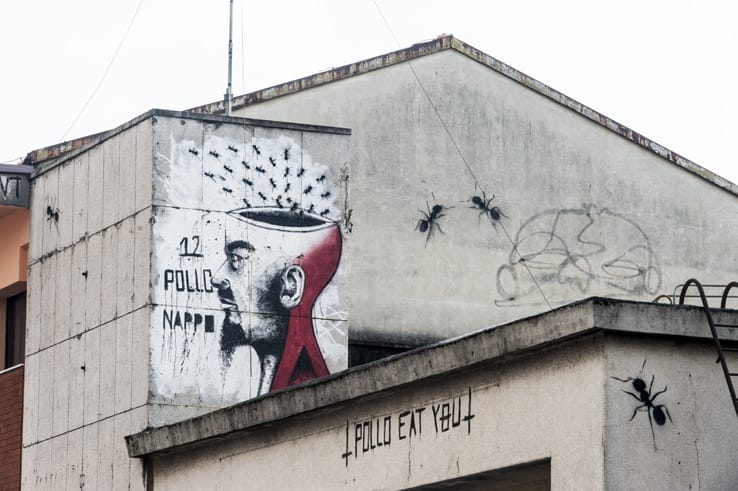
- Leoncavallo: this is far and away the best street art hotspot. It’s in the northern neighbourhood of Greco, around the Leoncavallo social centre in Via Watteau. You’ll find loads of political art plus pieces by Blu, Mr.Blob, Seacreative and more – just wander around and look at the colorful walls, and spend your evening with electronic music at Leoncavallo.
- Isola: this is one of my favourite neighbourhoods – below I’ll tell you why, but street art definitely plays a role! Wander around Isola and keep your eyes peeled for a few big collaborative posts, best visible on Sunday as some are painted on shop blinds, or check the walls and electrical boxes for small paste-ups and stencils, like Zibe’s Arnold face.
- Corso di Porta Ticinese: here the street art scene is also varied and interesting. Around the famous nightlife hangout of Colonne di San Lorenzo there’s a big collaborative piece based on the history of Milan. You’ll find other cool stuff on shop blinds (best appreciated after 7.30 p.m. when shops close) and in Via Santa Croce, around the Zam social centre.
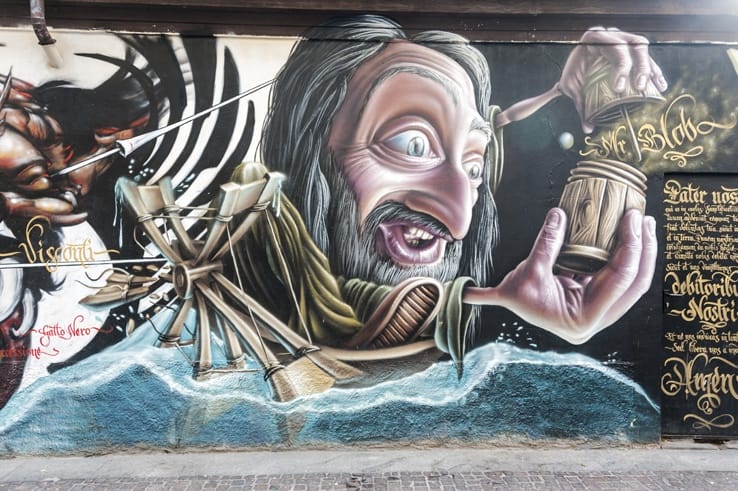
3) Alternative Districts
Milan is not all fashion and €7 coffees. You can find post-industrial neighbourhoods turned design hubs and streets where steel and glass skyscrapers and the ‘old Milan’ atmosphere survive side by side. Here are my three favourite districts in Milan, places where it’s fun to wander around during the day and at night, especially if you come during Milan Design Week in April.
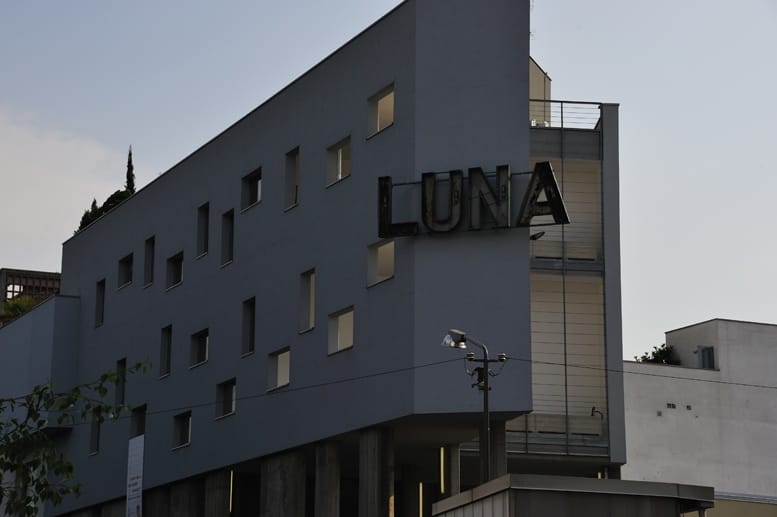
- Lambrate: I might have a soft spot for this neighbourhood as that’s where I was born and grew up, and where I’m living now. It’s a working class area, now famous for Birrificio Lambrate (one of the best breweries in town) and for the redevelopment of the area around Via Ventura, where former industrial buildings have been turned into design hotspots.
- Chinatown: the area around Via Paolo Sarpi has been inhabited by Milan’s Chinese communities since the 19th century. With bubble tea bars and no-frills restaurants serving Zheijang fare, you’ll forget you’re in Milan.
- Isola/Garibaldi: this is another area I really love, so much that I have written a whole article about it. Why is it so special? I especially love the contrast between the skyscrapers of Porta Nuova, a short distance away, and the ‘community’ feel that you still appreciate around the streets of Isola. There are also great bars and restaurants (Frida and Sofia Chinese Bistro, but also Da Tomaso, and old-school trattoria) and shops run by young artisans and designers, as well as a great street market.
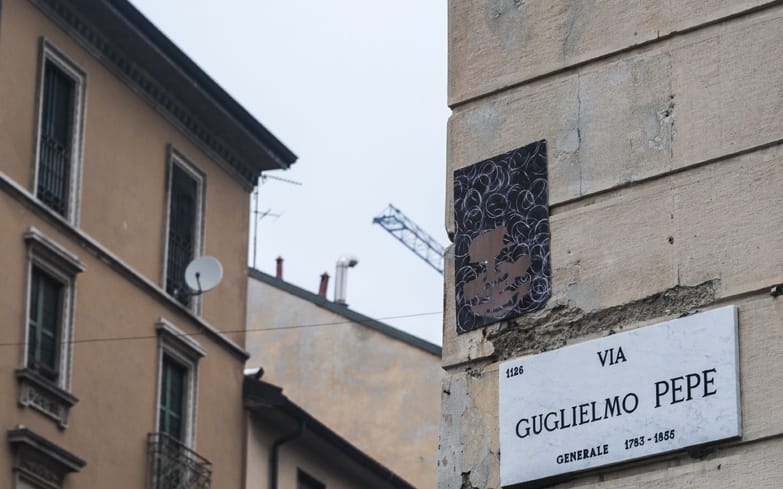
- Navigli: This is probably the most scenic area of Milan, very popular at night time when bars serve up their giant ‘happy hour’ buffets, and people flock to have an alfresco drink and pre-dinner snack. It’s kinda mainstream at night, but it’s a wonderful place to spend the day, wandering around the canals and checking out vintage and craft shops. The last Sunday of each month the Navigli become the picturesque background of one of Milan’s biggest bric-a-brac fairs (or flea market, however you want to call it).
- Via Padova: Some call it dangerous and dirty, a place to avoid because ‘they’ live there. If you ask me, Via Padova is the world in one street. ‘They’ are Milan’s recent immigrants, hailing from Sri Lanka, Peru, Egypt, Ecuador, Senegal, China… wander around Via Padova and you’ll pass Peruvian restaurants, Sri Lankan snack bars, Filipino grocery shops, Muslims on their way to the community centre/mosque and South American families in their Sunday best. Milan’s future – that of a multicultural city, finally.
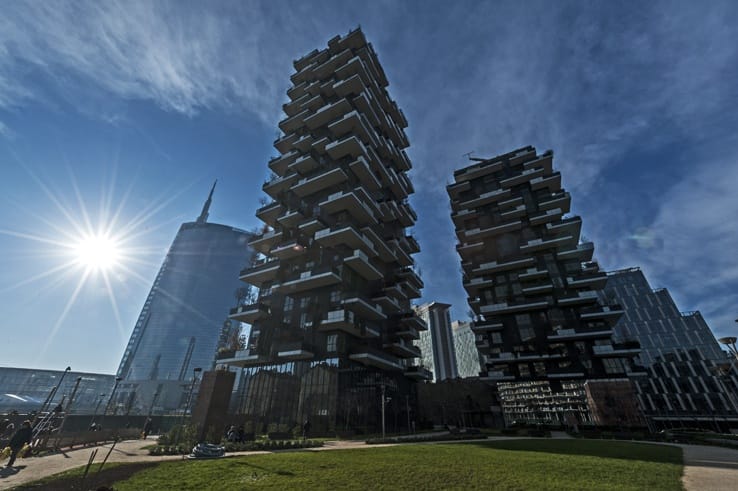
4) Weird Museums
So, last post I gave you a rundown of Milan’s mainstream museums. Now, here are some lesser-known museums, each of them with something special.
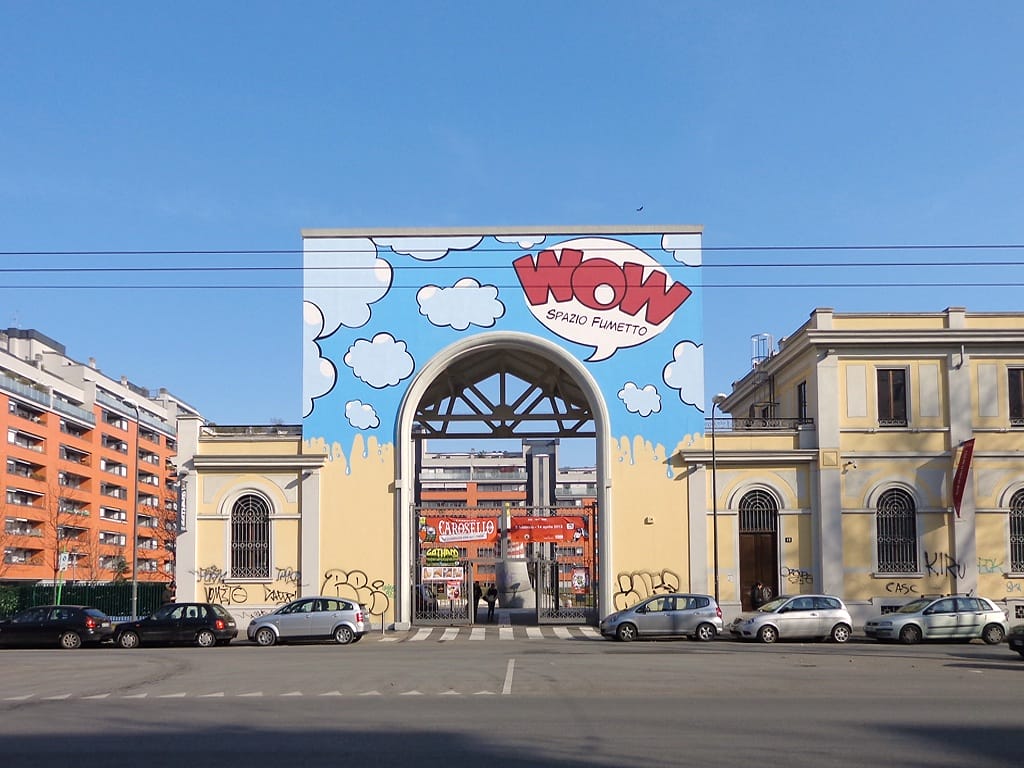
- Museo della Scienza e della Tecnica: Besides the usual labs and science exhibits, in this museum you can visit a ship. And that’s not all – you can visit a SUBMARINE. How cool is that?
- Villa Necchi Campiglio: An exquisite Art Nouveau house-museum surrounded by a garden and a secular magnolia tree. Head straight to the garden for a drink in the café or visit the house for a glimpse into the life of a wealthy family at the beginning of the 20th century.
- WOW Spazio Fumetto: Housed in a former sweets factory and bus depot, and surrounded by street art murals, this is a splash of colour in otherwise drab Viale Campania. A must if you’re a lover of comics and illustration, and even if you aren’t because entrance is free and this place is sure to cheer you up!
- Hangar Bicocca: This is the place to go to for big installations along the lines of London’s Tate Modern. Walk on giant plastic balloons, wander around giant sculptures and chase flashing rays of light – but check what’s on first, as exhibitions change regularly.
5) Other cool stuff
Stazione Centrale

As much as I despise fascism , I must admit I love that style of architecture. And the finest fascist building of all has to be Milan’s Stazione Centrale. If you’re coming to Milan by train, you’re almost sure to see it – otherwise, I do recommend paying a visit anyway.
Its gleaming white marble façade, rising like a giant in the middle of the station square, is sure to turn your head as soon as you get off the metro. Then, enter the atrium and marvel at the high ceilings, or climb the stairs to the platforms and wander around, looking at people coming and going, as they have been doing for over a century.
Think of the memories and lives that crossed that very same space where you’re standing, people meeting their loved ones or arriving in the big city in search of a new life. Close your eyes and imagine that place when the walls were still blackened with soot and the whistles of steam engines drowned the whirr of luggage carts. Pure magic.
Naviglio Martesana
I’ve already told you about the Navigli, the artificial canals that once flowed all around the centre of Milan, before being covered over in the 1920s. When we say ‘Navigli’, normally here in Milan we mean Naviglio Grande and Naviglio Pavese, two hotspots of Milan nightlife (see above).
However, there’s another Naviglio, east of the city centre: Naviglio Martesana, a 40-odd km artificial canal that flows above ground from Via Melchiorre Gioia to the Adda river, that separates the provinces of Milan and Bergamo. It’s not as picturesque and flashy as the other two Navigli, but it’s full of oddities: urban allotments, a coypu colony, a water mill, street art and lots of colorful characters. It’s a great place for a Sunday bike ride.
Fondazione Prada
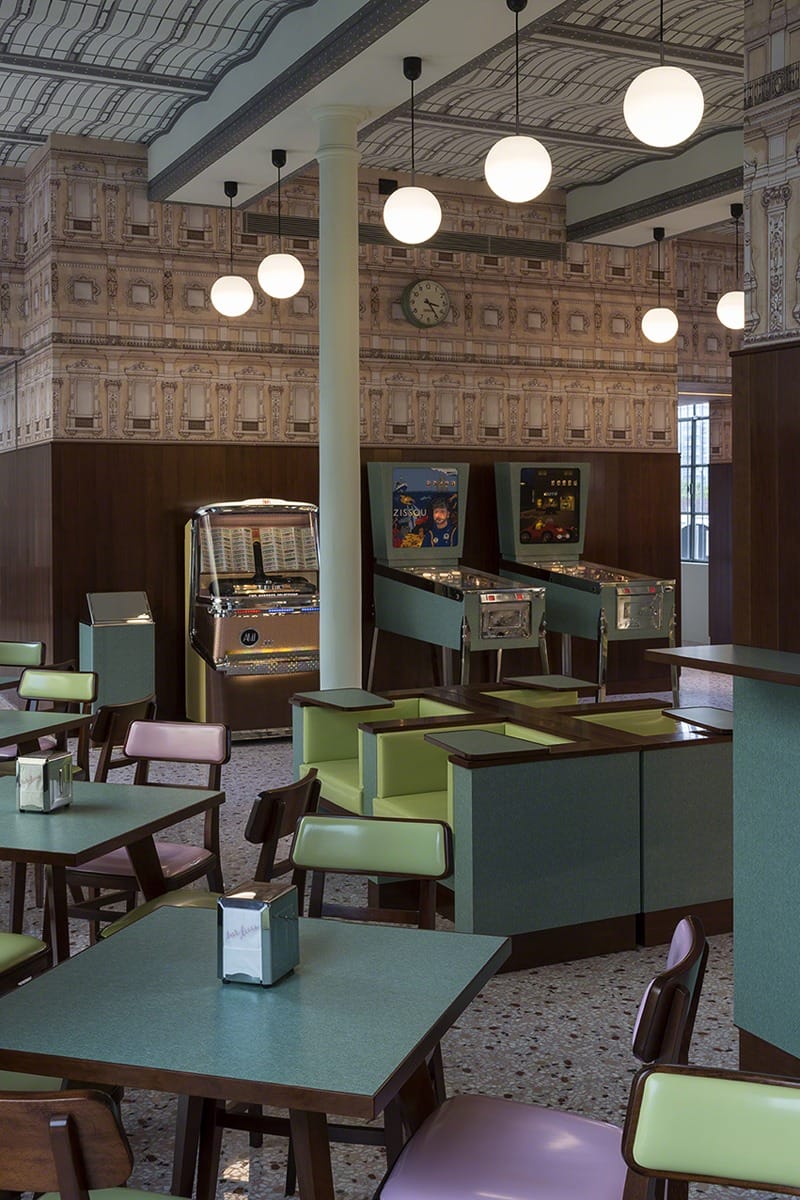
This is a real last minute addition, as it opened only a couple of weeks ago. It’s a venue for installations and contemporary art exhibitions, some permanent and some temporary – check the Fondazione Prada site for more info.
Permanent projects include Haunted House, with some artworks by Louise Bourgeois, and Percorso Grottesco, the cardboard reconstruction of a Mallorca Cave. Don’t miss Bar Luce, designed by film director Wes Anderson and inspired by Milan bars from the 1950s. I’ve yet to visit, but from what I’ve heard, it looks great.
Travelling around the city?
And if you’re wondering how to travel around Milan, don’t forget to check out our guide to public transport and all you need to know about bike sharing!

What a great guide to a bit of fun in Milan. I am one of those who skipped the city, but now I am having second thoughts. Especially some of the cool churches and museums.
Some ideas for next time Rhonda! Hope you’ll indeed come back and we’ll have a chance to meet!
I was so pleasantly surprised by our visit to Milan last spring that I’ve recommended it to several friends. I completely agree that the city has a lot to offer!
So happy you liked it Elizabeth! Don’t forget to message me next time you’re in town 🙂
HI…This is Just an amazing post I was looking for alternative guide to the city as I am not a big fan of touristic queues!
And yours did it for me..what do you suggest the area to stay in, I am planing in spending about 5 days in Milan and it is our first time there.
We love Street Art, Food, Vintage shopping getting in touch more with Local things.
Cheers
Dear Osama, I believe Isola is the perfect place for you! There’s street art, lots of food and vintage, and it’s near the centre but feels a bit ‘secluded’… hope you’ll enjoy!
Thanks for reminding me of some of the cool places of Milan. I will have to visit some new spots you mentioned next time I am there. Nice photos!
Thank you Barbara! Let me know next time you’re in town 🙂